Why Bright White Floaters in Dark Rooms Might Signal a Problem
If you’ve ever sat in a dark room—movie night, maybe, or just winding down—and suddenly spotted a strange, bright white speck dancing across your field of vision, you’re not imagining things. That, my friend, could be what many of us know (or fear) as a *bright white floater*. It’s oddly unsettling, right? I remember the first time it happened to me—thought a bug flew across my face. Nope. Just my eyeball doing its thing. Or… not doing its thing very well.
Why Do Bright White Floaters Stand Out More in the Dark?
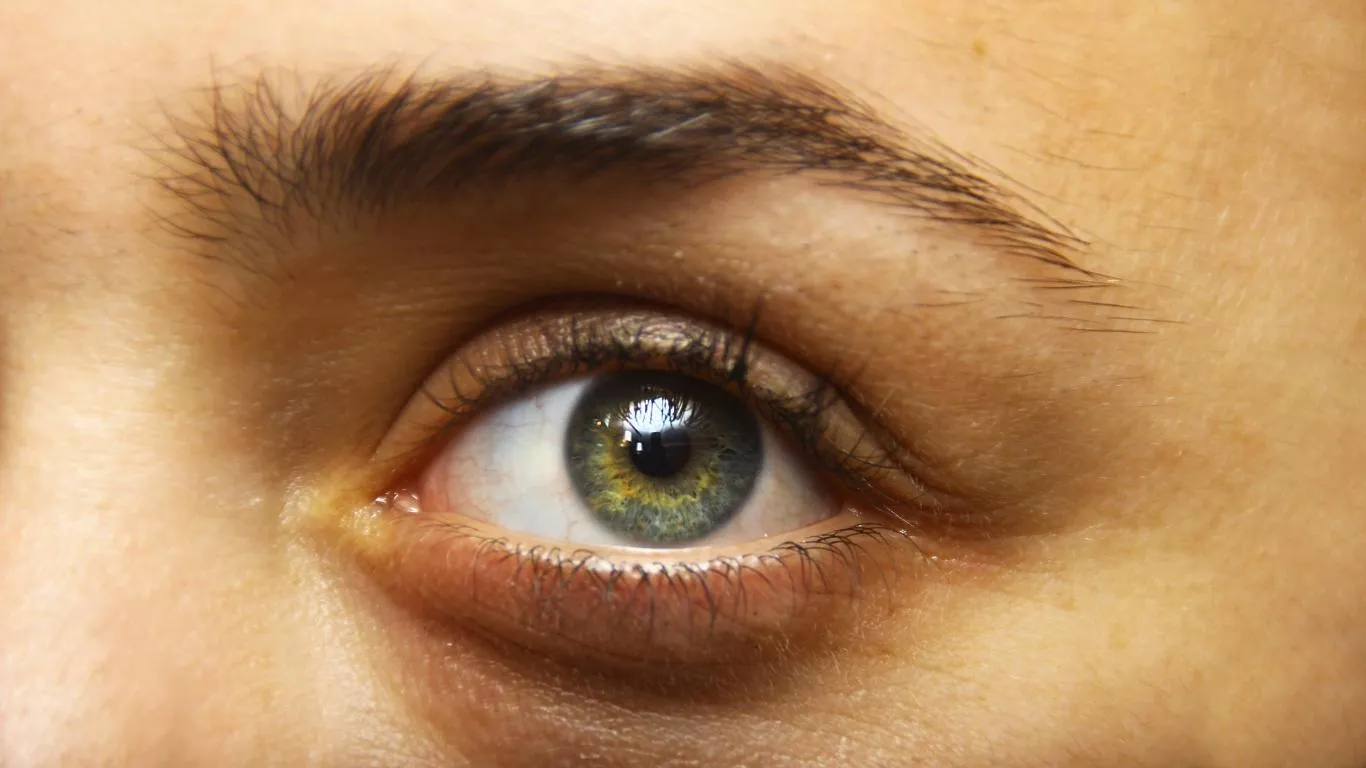
Our eyes aren’t built to play tricks on us, but they sure feel like they do in the dark. When the lights go down, the pupil dilates, and suddenly, everything becomes more noticeable—especially imperfections in the vitreous gel of the eye. That’s why these floaters seem to pop out of nowhere at night.
Bright white floaters are typically denser or more reflective than the usual gray or transparent floaters. Because of that, when you’re in a low-light environment, your retina gets more sensitive and those little white specs get highlighted—like dust catching sunlight in a beam from a window. But instead of being on your desk, it’s inside your eyeball. Yay, biology!
The Science-y Bit: What’s Actually Happening?
Floaters form when the collagen fibers in the vitreous humor (the gel-like substance in your eye) begin to clump. These clusters cast shadows on your retina. The brighter they are, the more they reflect ambient light. And in darker settings, these reflections become even more pronounced. If you’re seeing *bright white floaters*, it’s often due to how your retina processes contrast in reduced lighting.
But Are Bright White Floaters Normal?

Short answer: sometimes. But it’s complicated.
If you’re noticing them occasionally, particularly when shifting from light to dark environments, they might just be a benign part of aging—our eyes get less perfect over time, even if our prescription hasn’t changed in years. But here’s the kicker: not all floaters are harmless.
In rare cases, bright white floaters can be a sign of something more serious—like a posterior vitreous detachment or even retinal tears. It’s not to scare you, but to keep you aware. When floaters suddenly appear with flashes of light, changes in peripheral vision, or they dramatically increase, it’s time to call your eye doc. That’s not just me talking—check this in-depth breakdown on posterior vitreous detachment from Healthusias.
Common Triggers That Make Them Worse in the Dark
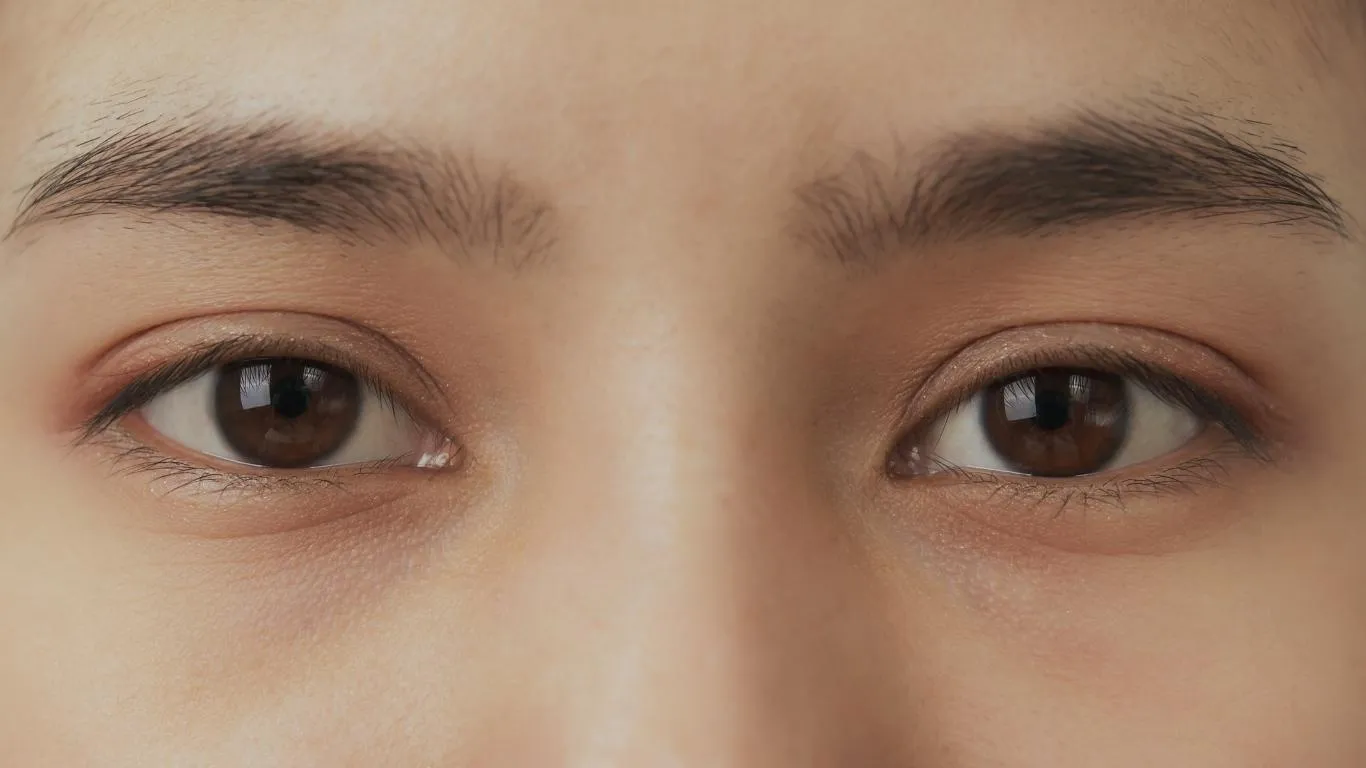
- Eye fatigue: Late-night screen use or straining in low light can make floaters more visible.
- Dehydration: A surprising link—less fluid in your body means less “plumpness” in the vitreous.
- High contrast: Going from bright light to pitch dark rooms makes floaters feel more jarring.
- Stress: Believe it or not, stress can amplify your sensitivity to visual disturbances.
Want proof? Healthusias goes into how dehydration and stress play into the floater game.
My First-Hand Glimpse Into the Floater Life
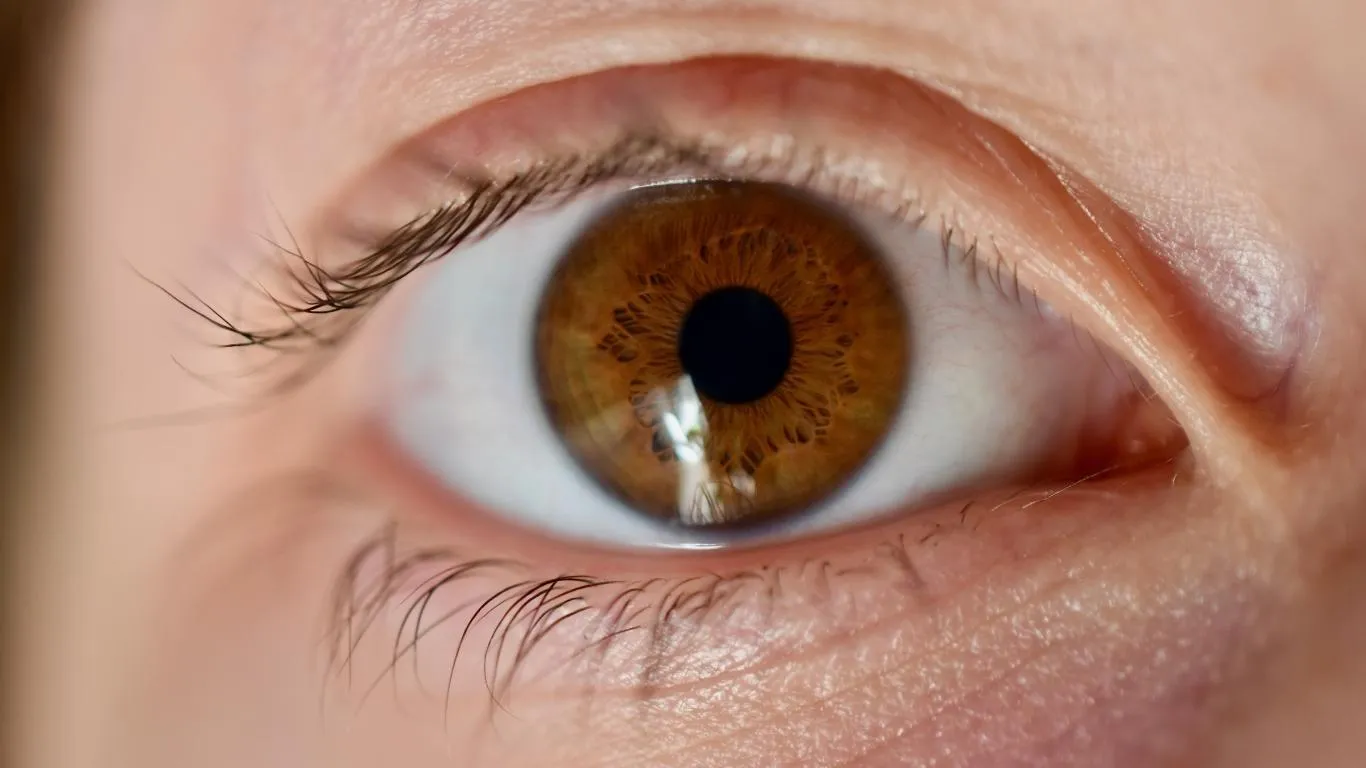
I remember lying in bed one night, lights off, phone in hand. The screen was my only light source. Then I saw it—a tiny white wiggly line floating around like a ghost. Thought my phone had a screen glitch. Switched hands—still there. Blinked—still there. That was the beginning of my curiosity (and low-key obsession) with eye floaters.
After visiting an optometrist, I found out I had no retinal issues, just age-related vitreous changes. I’m not that old, by the way—but apparently, your 30s can start this rollercoaster. They told me the floaters would “settle.” I waited. They didn’t. But I did learn how to reduce the intensity through a few lifestyle tweaks.
When Should You Worry?
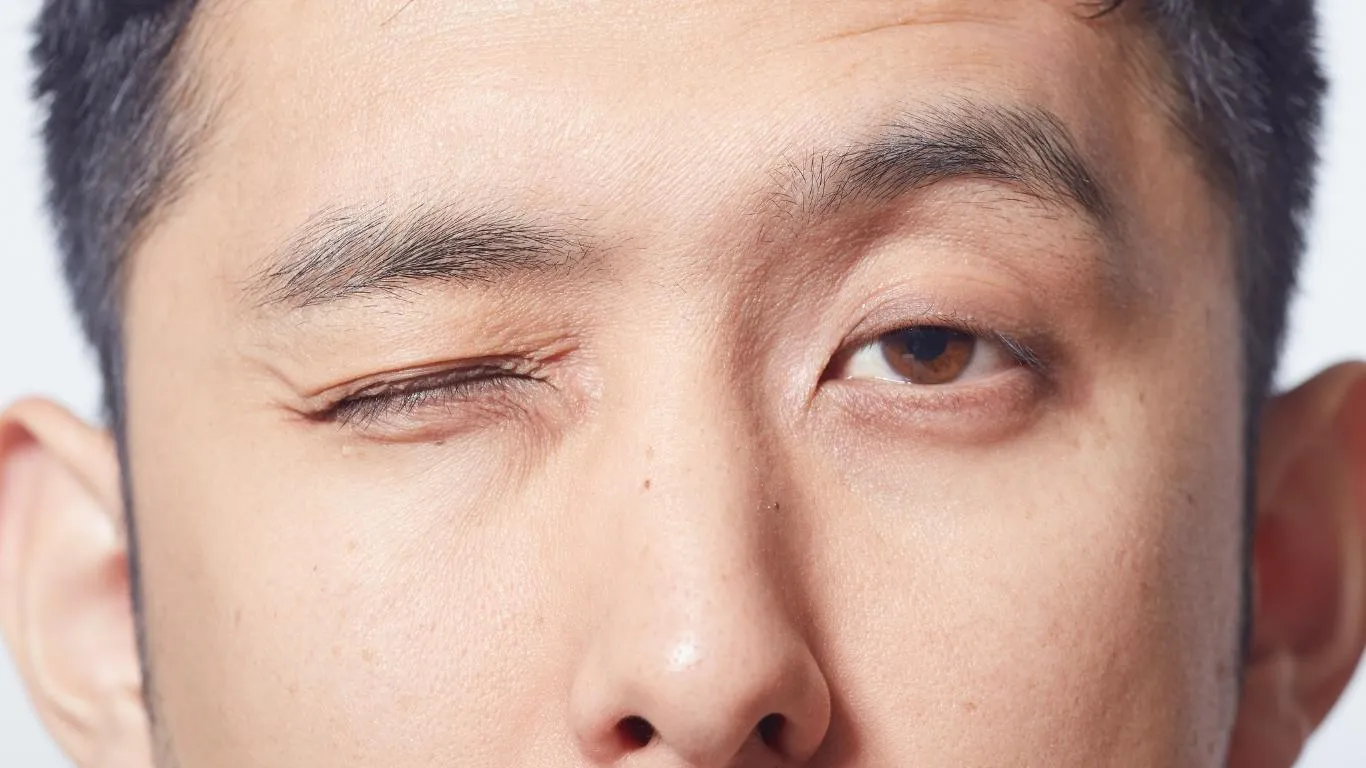
It’s all about patterns. If your floaters are changing rapidly, showing up with flashes, or start forming in clusters, get it checked. Even worse if you’re seeing a sudden “curtain” over part of your vision—that could mean retinal detachment, which is no joke.
In some rare conditions, floaters are actually signs of more systemic issues. Autoimmune disorders, infections, and even migraines can play a role. This guide on floaters in autoimmune disease dives deep into that.
Still not sure if yours are normal? A helpful primer on how to differentiate floaters from other eye problems is a must-read.
Getting a Grip: Do Lifestyle Changes Help?
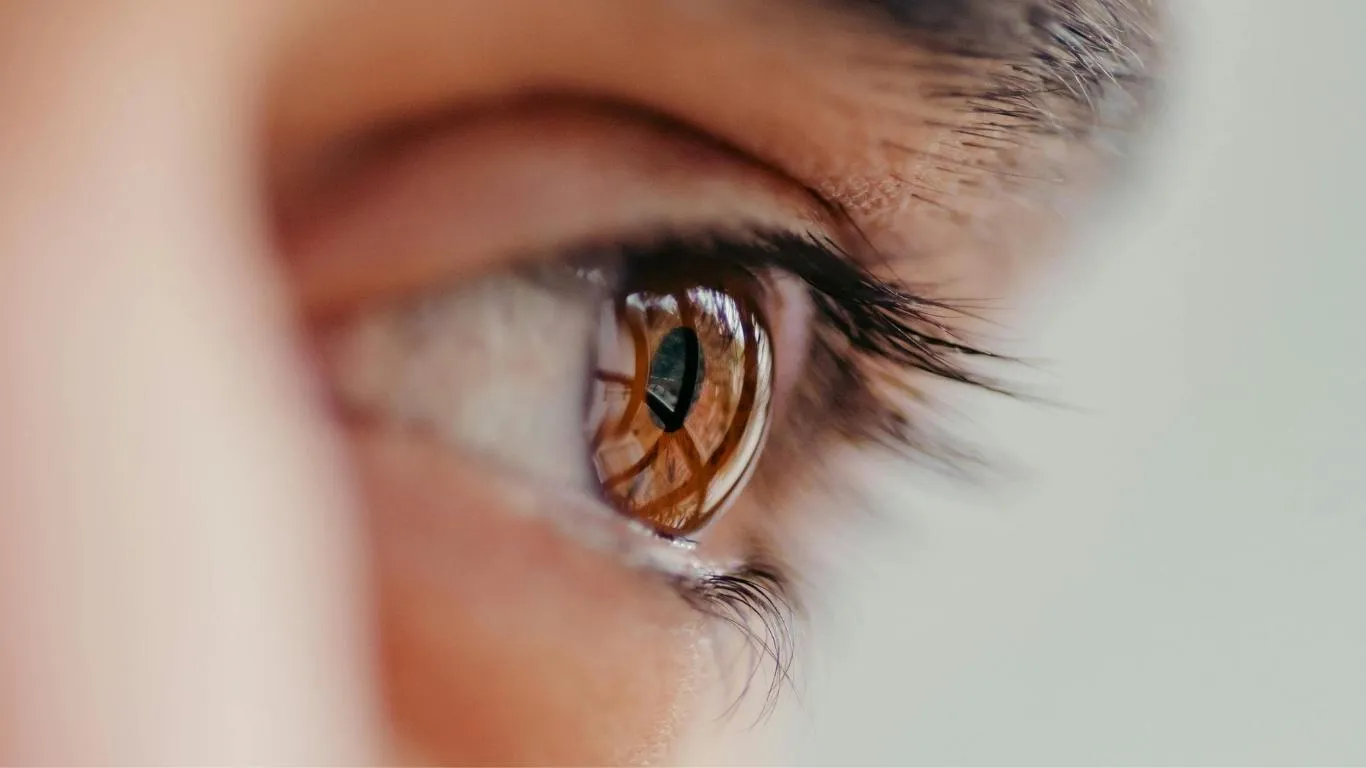
Short answer? Yes, sometimes. You’re not helpless in this. Lifestyle tweaks may not dissolve floaters, but they can reduce their intensity or at least how much they bother you.
- Stay hydrated: Keep your vitreous fluid healthy.
- Limit late-night screen time: Or use a blue light filter.
- Protect your eyes outdoors: UV damage accelerates vitreous aging.
- Sleep well: Fatigue increases sensitivity to floaters in dark rooms.
And here’s something that changed the game for me: learning about natural ways to manage floaters. Some methods might sound a little out there, but a few have legitimate anecdotal backing and emerging research.
If you’re looking for a more medical angle, this core article from Healthusias lays down the full picture on what causes eye floaters and how to treat them. It’s your go-to deep dive.
Also worth bookmarking: the complete guide on treatments—from ignoring them to getting surgery. No shame either way.
Can Bright White Floaters Point to Underlying Eye Conditions?
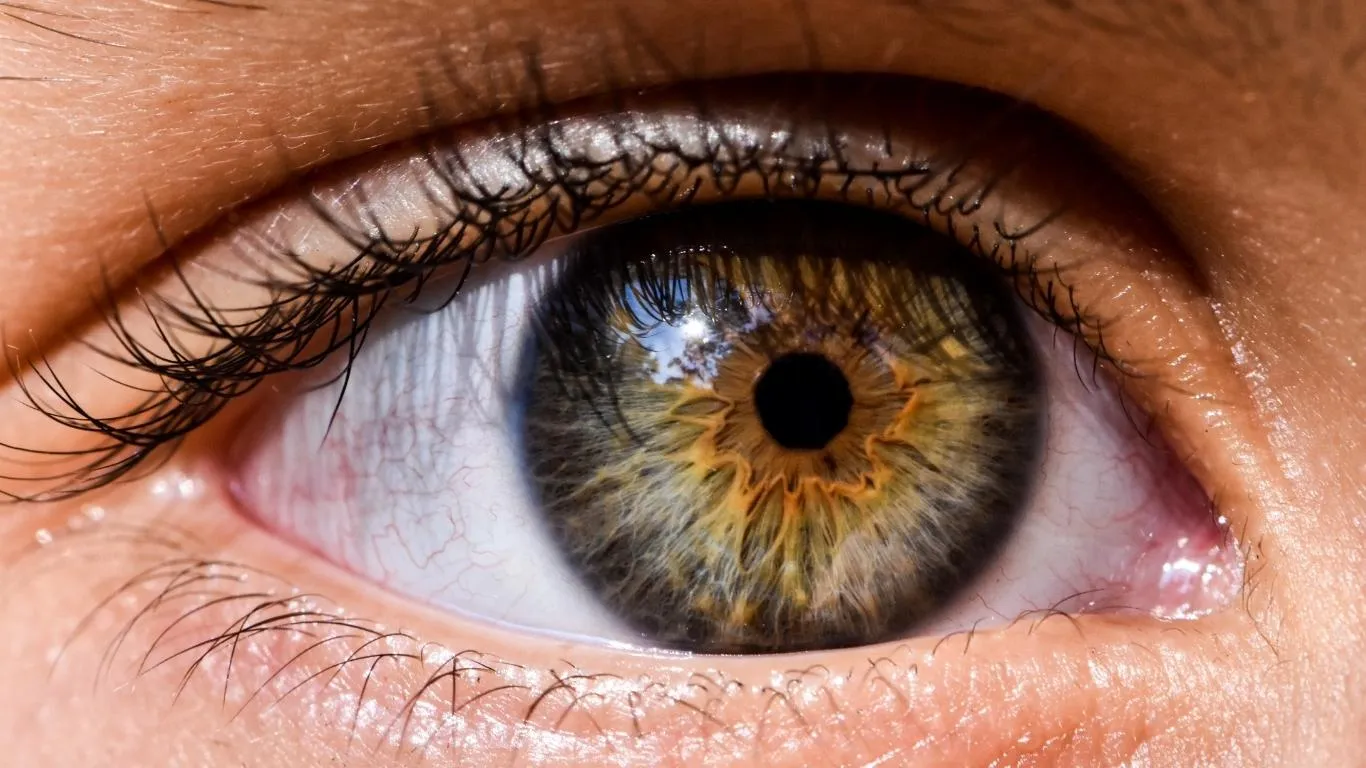
This is where things can get a little concerning—though not always. While many floaters are age-related or harmless, bright white ones in the dark could signal something deeper, especially if they appear suddenly or seem to multiply.
Some conditions worth keeping an eye on (no pun intended):
- Posterior Vitreous Detachment (PVD): Common over age 40, especially if you’re nearsighted.
- Uveitis: Inflammation that leads to floaters and blurry vision—worth checking out this detailed uveitis guide.
- Retinal Tears: Bright, flashing floaters in dark settings can be early signs.
- Eye trauma or surgery after-effects: Especially if you’ve had LASIK or cataract work. Learn more in this post-op floater article.
While floaters on their own aren’t necessarily dangerous, how they appear and what they’re paired with matters. If there’s discomfort, eye pain, or peripheral vision issues, you’ll want an immediate consult.
When Dark Rooms Make Floaters More Disturbing Than They Are
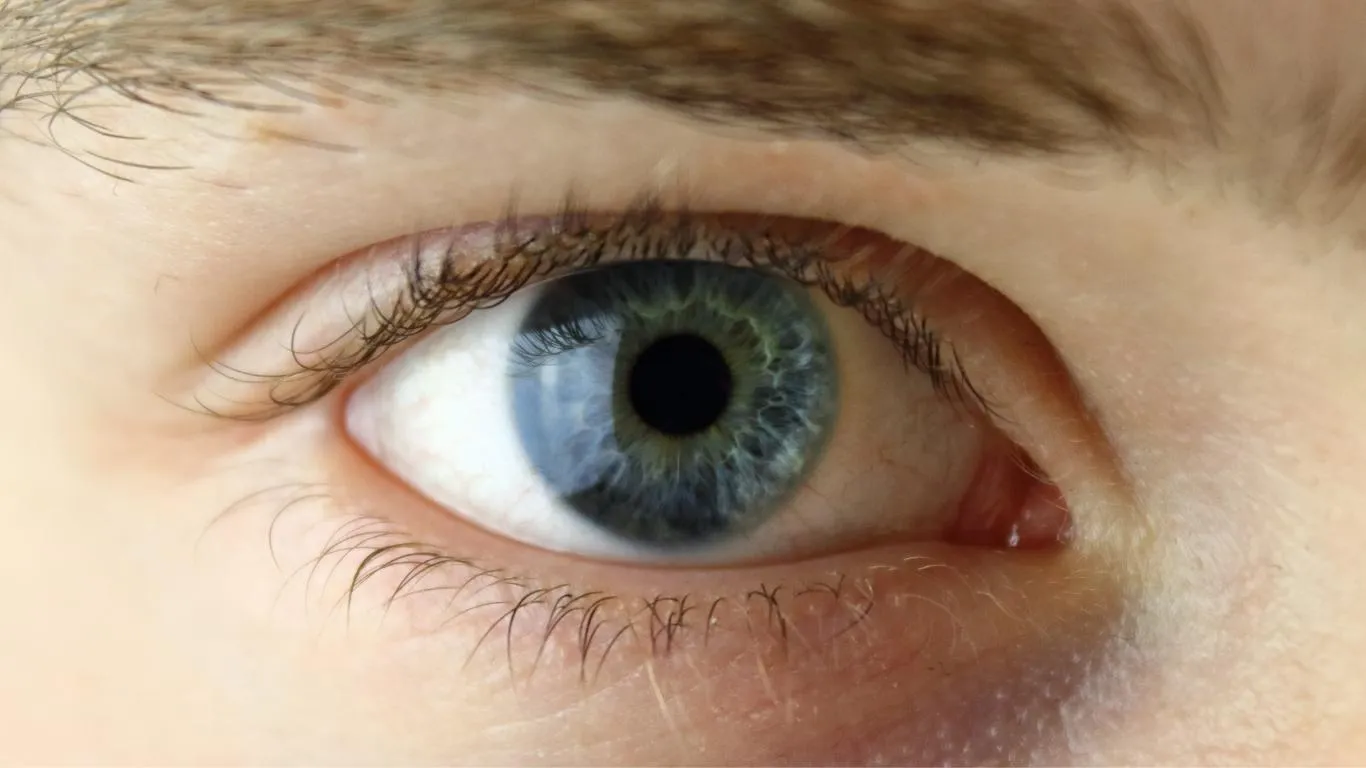
It’s one of those weird things—some people hardly notice floaters until they’re in the shower or a movie theater. Why? Because those bright white floaters love contrast. A black or dark background becomes the perfect canvas for those pesky specs to shine (literally).
In fact, studies have shown that dark adaptation can increase retinal sensitivity, making even minor vitreous debris look intense. That’s why some people report seeing floaters only in dim environments.
If you’ve ever asked yourself, “Why do I only see these at night?” — now you know. It’s not a ghost. It’s physics and eye anatomy doing their thing.
Could Lighting Choices Help?
Actually, yes. Using soft ambient lighting at night instead of pitch-black darkness can reduce the contrast between your field of view and the floater, making it less jarring. Some people also swear by warm-tinted lights over cool ones.
Healthusias has a great resource on lighting setups for floater relief—definitely worth a read if you’re tired of the nightly visual dance.
Floaters, Mental Fatigue & Nighttime Anxiety
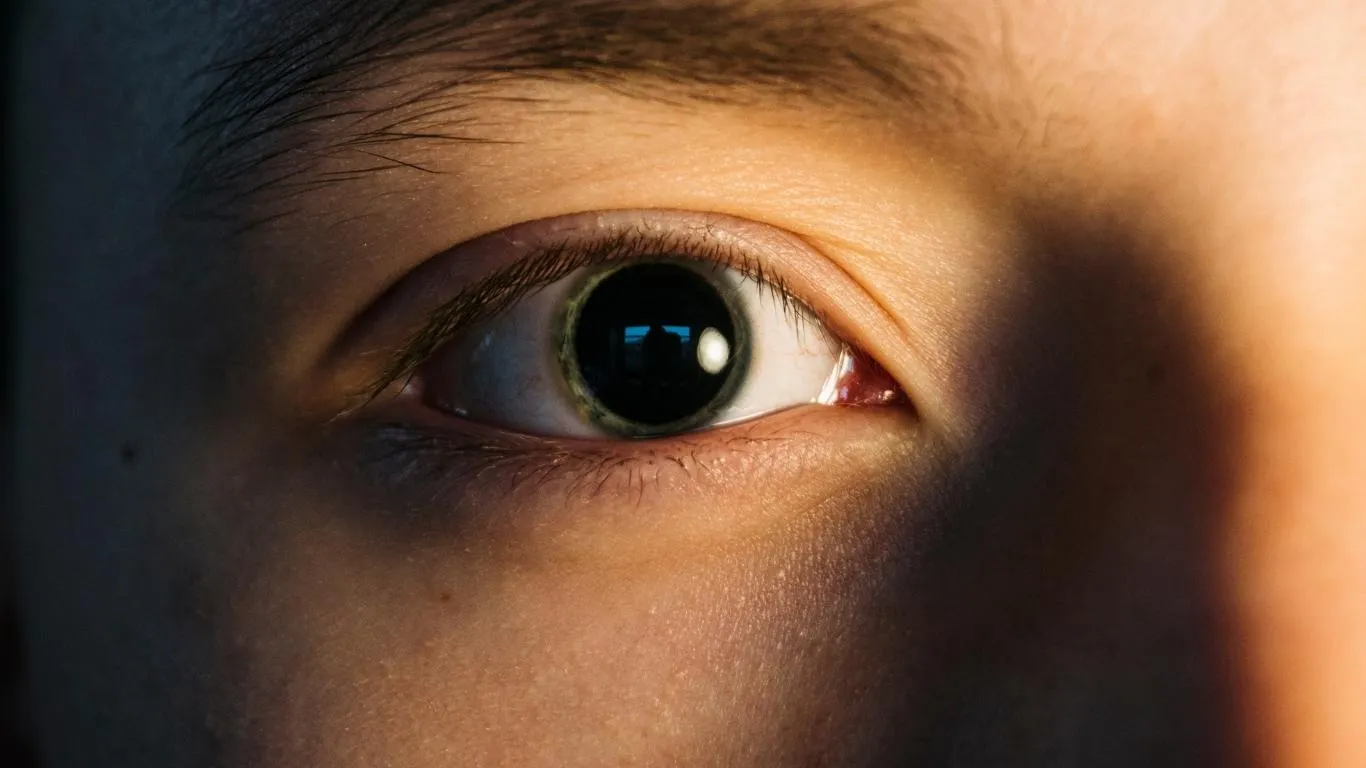
One thing that rarely gets talked about is how mentally draining floaters can be—especially in the quiet of night. I went through a rough patch where I couldn’t fall asleep because I was constantly scanning the room trying to “find” the floaters. It’s like they were mocking me. Silly, right? But so real.
Turns out, I wasn’t alone. There’s growing discussion around how floaters affect mental wellness. In fact, this detailed read on floaters and mental health explains the psychological toll many don’t talk about.
Here are a few ways floaters can impact mental focus:
- Distraction during nighttime reading or screen use
- Increased anxiety when trying to fall asleep in the dark
- Fear of underlying conditions leading to compulsive research (guilty as charged)
For some, it’s just annoying. For others, it borders on obsessive. If floaters are affecting your mental health, that’s a valid concern—and worth addressing with your eye specialist and maybe even a therapist. Your vision isn’t just physical—it’s psychological, too.
What Actually Helps Reduce Bright Floaters?
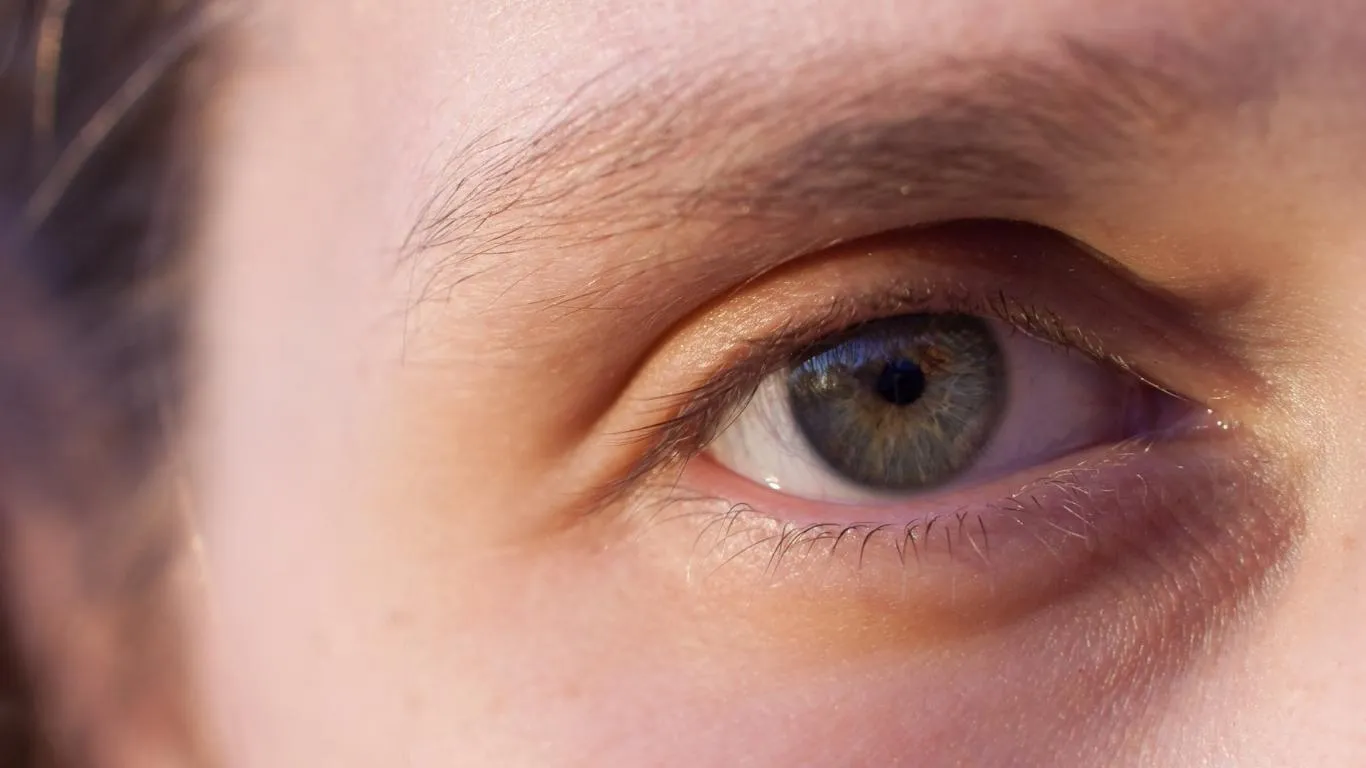
Let’s get practical. I’ve experimented with a handful of things—some helped, others didn’t. But over time, a few small wins started to add up. Here’s what genuinely made a difference:
- Hydration + Omega-3s: Supports vitreous health and helped reduce density slightly over time.
- Mindful screen habits: Using a blue light filter after 8 PM made floaters less noticeable during late phone use.
- Eye exercises: Some people claim results—I was skeptical, but this eye exercise guide made me curious, and now I do a few stretches daily.
- Supplements: Things like lutein and vitamin C came highly recommended. Full list here: best supplements for floaters.
Not everything works for everyone, and there’s still a lot we don’t understand. But trying out evidence-backed methods gave me a sense of control again—and that’s huge when you’re dealing with something that feels so intrusive.
Should You Ever Consider Treatment?
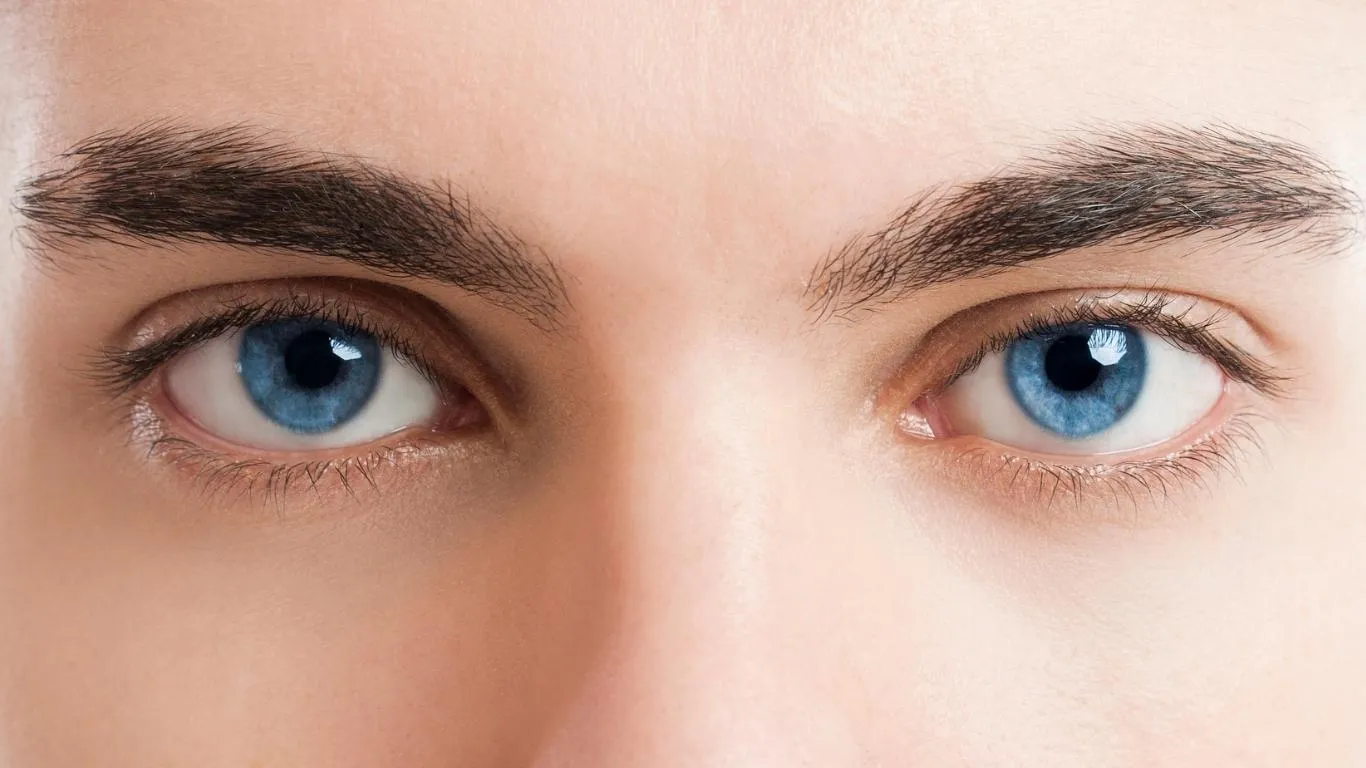
Most floaters don’t require treatment. But if yours are bright, bothersome, and worsening—especially in the dark—you might want to consider options.
These range from laser vitreolysis to full vitrectomy. I personally wouldn’t rush into anything (every procedure has risks), but if your quality of life is impacted, it’s worth the consultation. This comprehensive read on treatment options lays it all out—pros, cons, and what to expect.
And if you’re new to all of this and want to start from the basics, this complete guide on floaters covers everything from symptoms to root causes. It’s the one I send to friends whenever they text me “why is there a worm in my vision?”
Are There Situations Where You Should Be Alarmed?

Honestly? Yes. Some cases aren’t just floaters. If any of these happen, stop Googling and start dialing your eye specialist:
- Sudden shower of floaters, especially with flashing lights
- A shadow or curtain creeping over your vision
- Floaters that look like “cobwebs” with eye pain
- Vision distortions with dizziness or nausea
Check out this deep dive on warning signs to know when floaters move from annoying to urgent. It’s not to scare you—it’s to empower you.
If anything feels off, trust your instincts. And if you’re not sure what you’re seeing is a floater or something else entirely, this breakdown on floaters vs. retinal detachment could make all the difference.
What’s Next If Bright White Floaters Won’t Go Away?
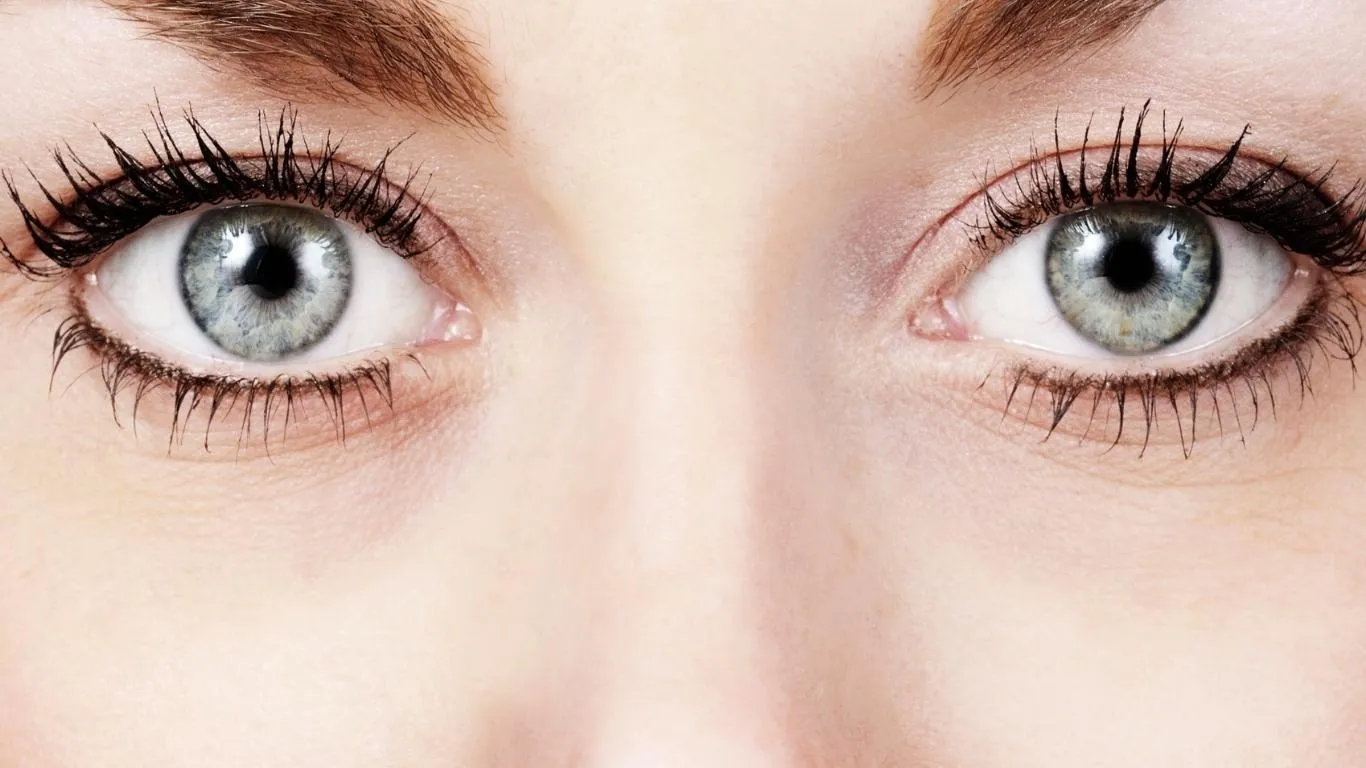
Sometimes they fade. Sometimes they don’t. But your response matters more than their presence. Small changes in lifestyle, smarter lighting, nutritional tweaks, and understanding what’s normal vs. what’s not can drastically shift how floaters affect you.
And if you’re just beginning this journey, don’t panic. You’re not alone. The more you learn, the more empowered you’ll feel to take action—or simply let it go. You’ve got options, and you’ve got answers. Just keep your eyes open—literally and figuratively.

Camellia Wulansari is a dedicated Medical Assistant at a local clinic and a passionate health writer at Healthusias.com. With years of hands-on experience in patient care and a deep interest in preventive medicine, she bridges the gap between clinical knowledge and accessible health information. Camellia specializes in writing about digestive health, chronic conditions like GERD and hypertension, respiratory issues, and autoimmune diseases, aiming to empower readers with practical, easy-to-understand insights. When she’s not assisting patients or writing, you’ll find her enjoying quiet mornings with coffee and a medical journal in hand—or jamming to her favorite metal band, Lamb of God.






